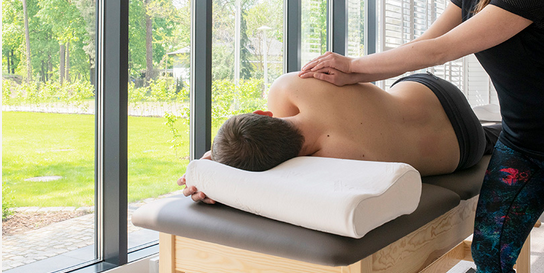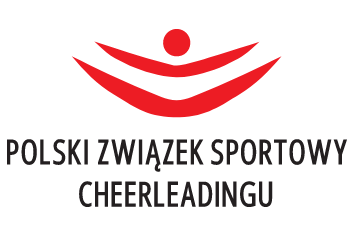The history of manual therapy dates back to ancient times. The Greeks used manual therapy techniques to reduce pain and joint deformities. The Egyptians used it to treat movement dysfunctions, metabolic disorders, and neurological diseases. The peak of manual therapy development occurred in the 20th century. Significant contributions to its development were made by K. Lewit, G. Maitland, F. M. Kaltenborn, B.R. Mulligan, and in Poland, Z. Arkuszewski and A. Rakowski played a significant role.
Manual Therapy

Manual therapy is an integral part of physiotherapy. Before each therapy session, a detailed examination of the patient is conducted, which includes a thorough interview, assessment of body posture, movement analysis, manual examination, and additional tests if necessary. In the therapeutic part, the physiotherapist uses appropriate techniques such as mobilization, manipulation, traction, compression, soft tissue therapy, and neuromuscular therapy. In short, manual therapy is a diagnostic and therapeutic method that is applied in various medical fields, but most commonly in orthopedics, rheumatology, and neurology.
Manual therapy is most commonly used in:
– Limited range of motion
– Pain conditions
– Joint stiffness
– Increased muscle tension
– Restricted tissue mobility
– Overuse injuries
Contraindications for manual therapy include:
– Suspected fractures
– Cancer
– Infections
– Alarming neurological symptoms
– Osteoporosis
– Blood clotting disorders
– Pregnancy

Currently, there are many schools of manual therapy, such as the Fascial Dystorsion Model (FDM), the Maitland method, the Mulligan method, the Cyriax method, the Kaltenborn method, and the McKenzie method.
Maitland Concept
This method is based on a very detailed examination, clinical reasoning, and individually tailored therapeutic techniques. After applying a specific technique, a reassessment is performed to evaluate its effectiveness. It utilizes mobilizations, manipulations, neurodynamic techniques, traction, and compression. This method takes a holistic approach to the patient. Exercises prescribed by the physiotherapist are also an integral part of this method.
FDM (Fascial Dystorsion Model)
This method assumes that the cause of musculoskeletal dysfunction is fascial distortions. An important aspect of diagnosis is the patient’s body language, which determines the type of distortion model assigned to the patient. While this method may not be the most pleasant, it is highly effective in treating injuries such as sprains, dislocations, and muscle tears.
Soft Tissue Therapy
This is a collection of techniques that primarily aim to relax the tissues. It involves working on muscles and fascia to improve blood circulation. Techniques include muscle energy techniques, myofascial release, active release, positional release, and trigger point therapy.
You are welcome!






